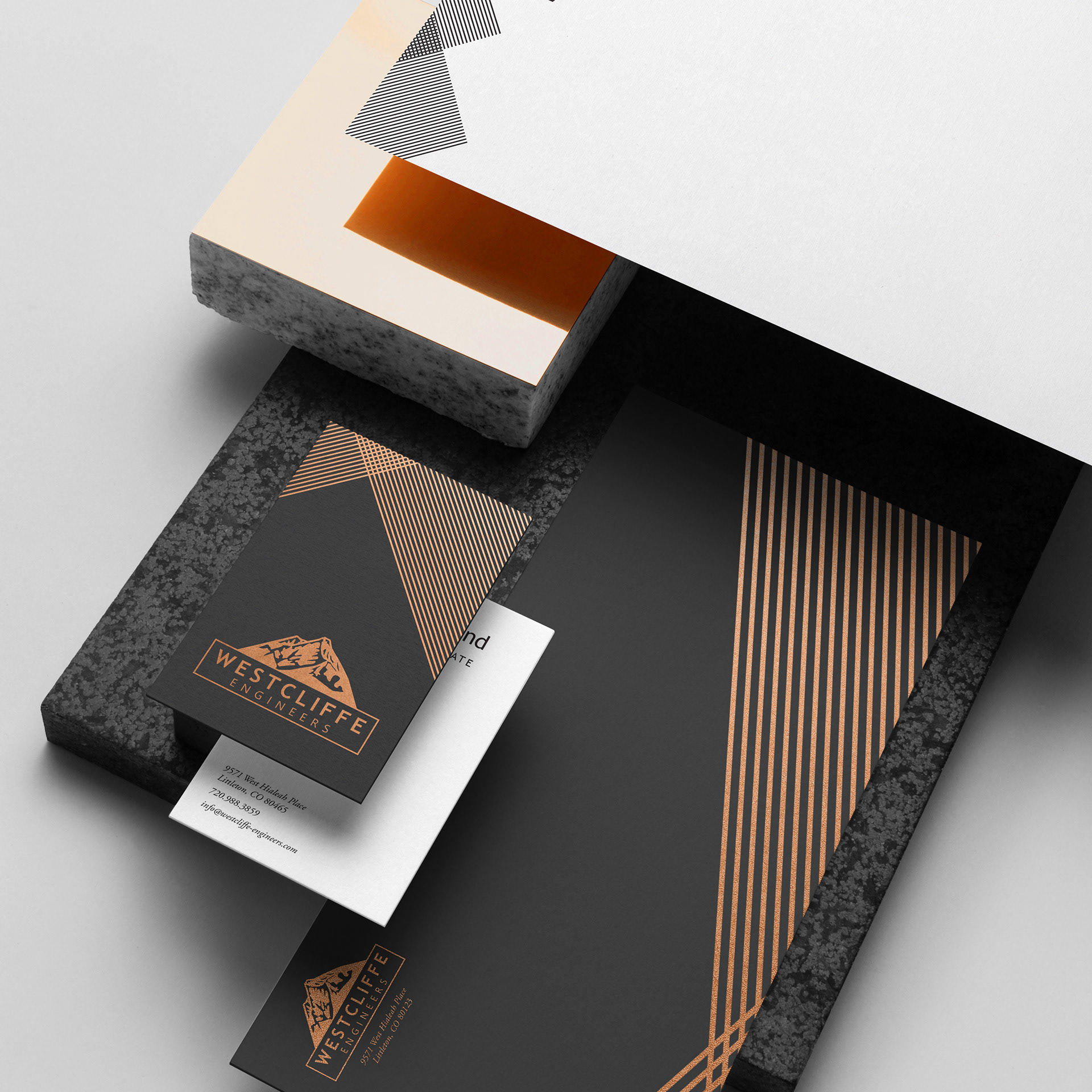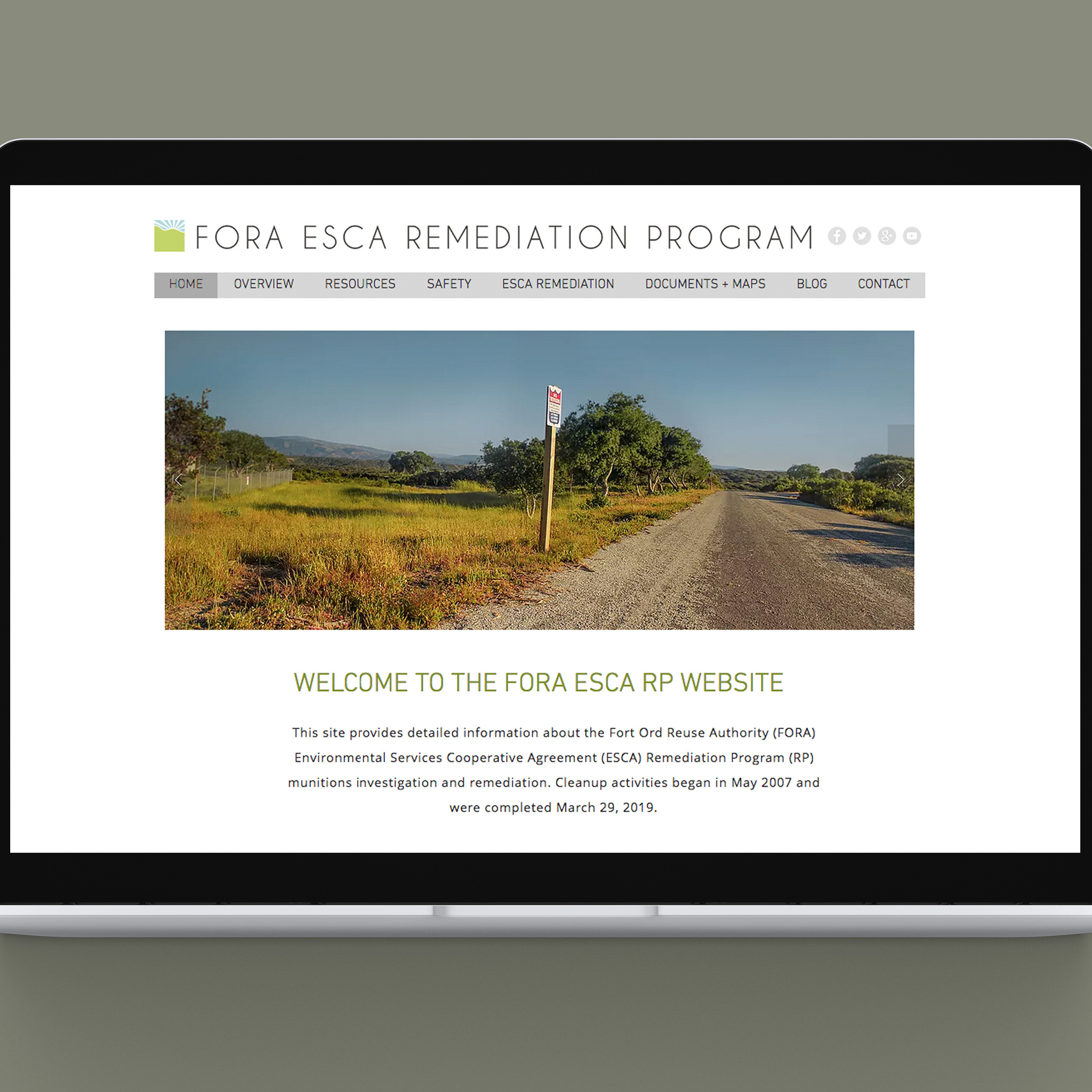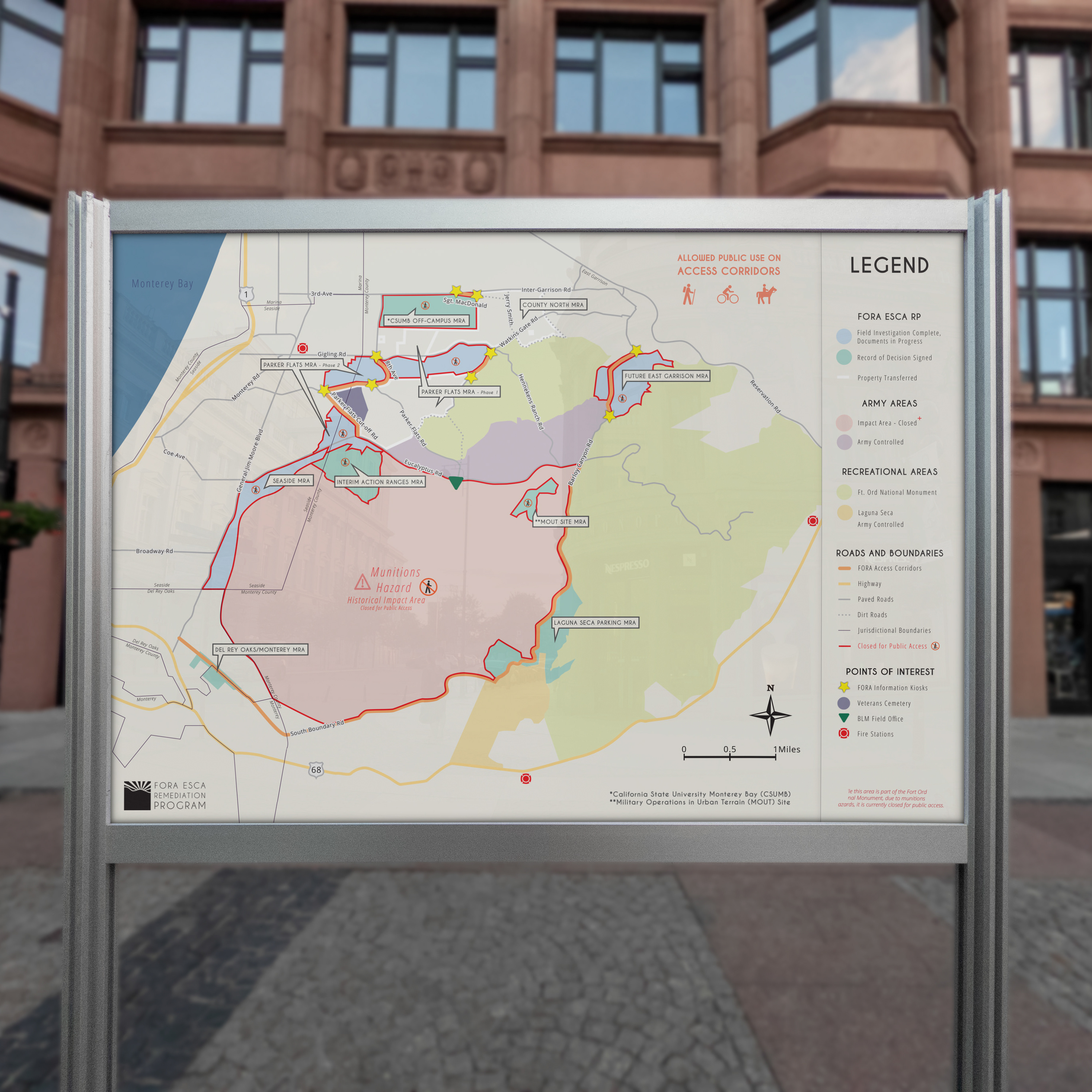INSPIRATION
The human brain can process an entire image in as little as 13 milliseconds. The impact of visual design on learning and communication is not to be underestimated. I've always been fascinated by the potential of design to revolutionize the fields of education and science communication. There is some research into how design elements like color, font style, font size, line height and the grouping of text influence comprehension, but not near enough.
CONCEPT
I created this as a student in an upper division, undergraduate biochemistry lab. We were learning the process of bacterial transformation with a lab manual that was frustratingly vague and instruction manuals in our prefabricated kits made by companies who fiercely defended the exact contents of their solutions. As a chemistry student, I wanted to know what the active ingredient in each step was, what it accomplished and what the results were. I had no resource where I could have all the information I needed displayed before me in an easily comprehensible manner. Luckily I am also a designer, so I dug through the information available to me and developed one. It ended up being a valuable resource for my classmates as well, who were also struggling to understand what we were doing in the lab.
DEVELOPMENT
When designing for an infographic such as this, I keep things simple and focus on making the content easy to understand through use of ample white space, a sans serif font, strategically grouped text and clear graphics. The header by contrast didn't contain information that the audience would have to focus on, so I prioritized making it eye catching and dynamic to draw the user in.
Title
How to transfer DNA from one strain of bacteria to another
How to transfer DNA from one strain of bacteria to another
Year
2017
Project Type
Infographic, Print Design, Poster Design, Science infographic, Biochemistry infographic, Biology Infographic
Tools
Adobe Creative Suite










